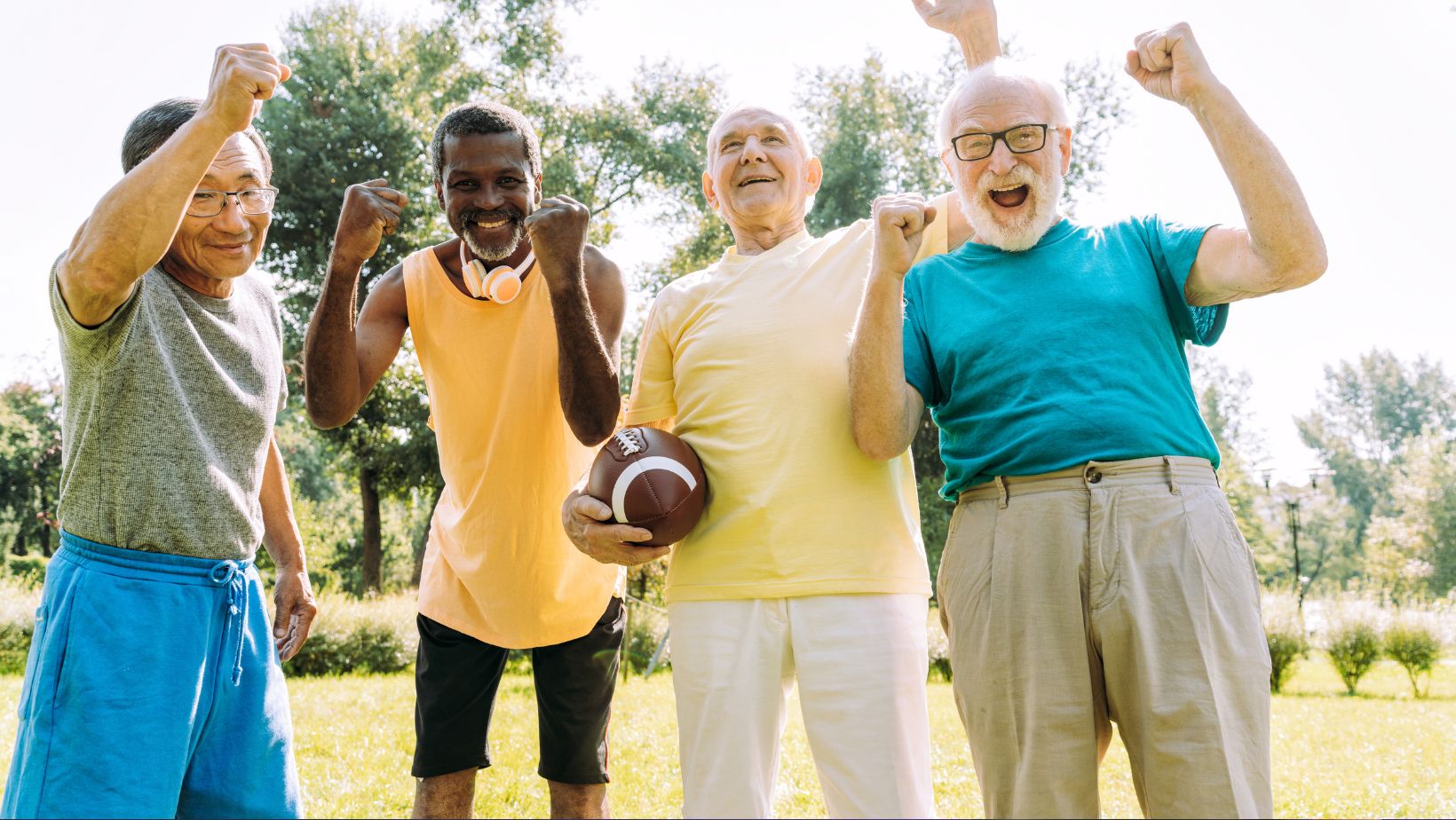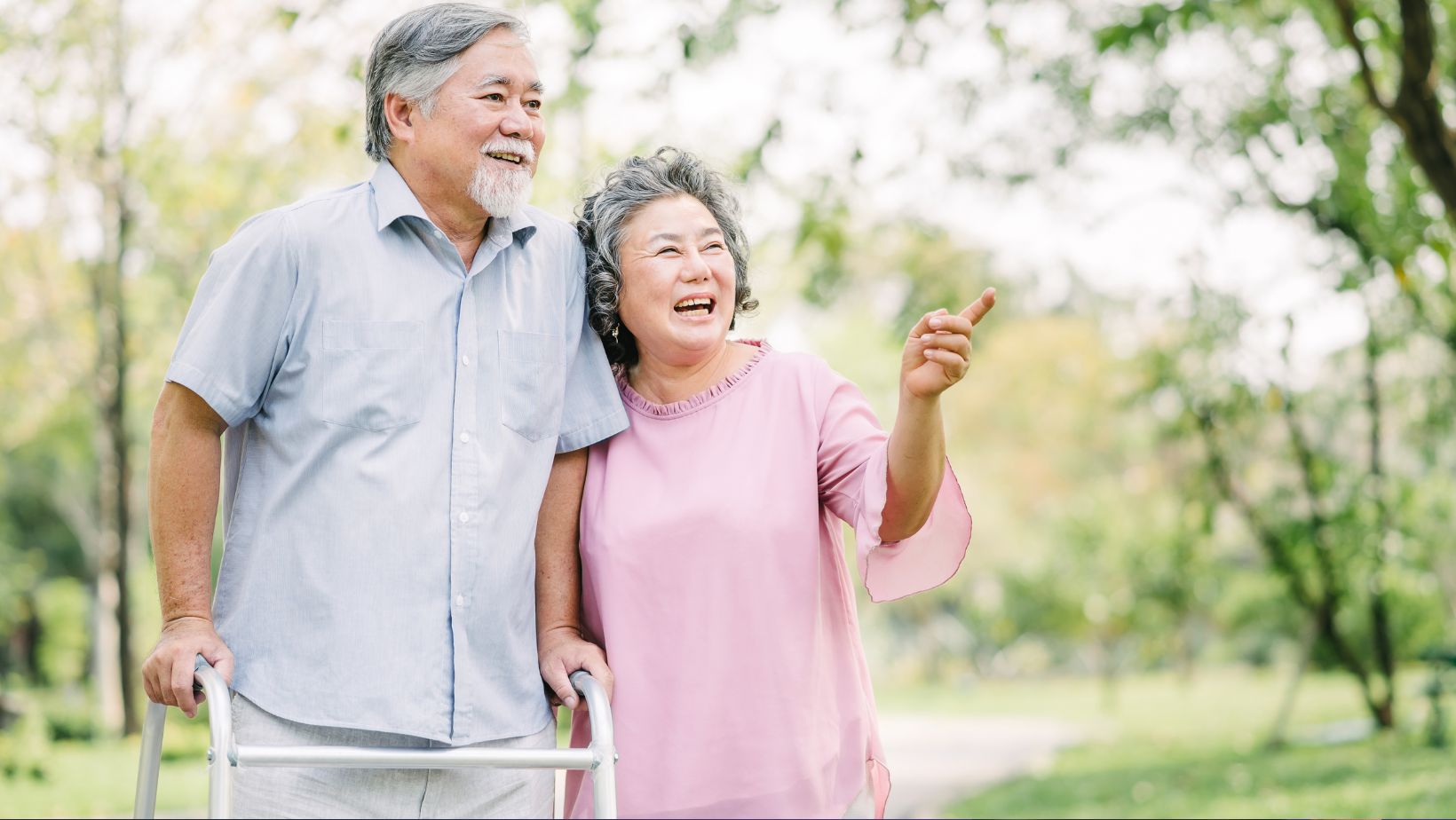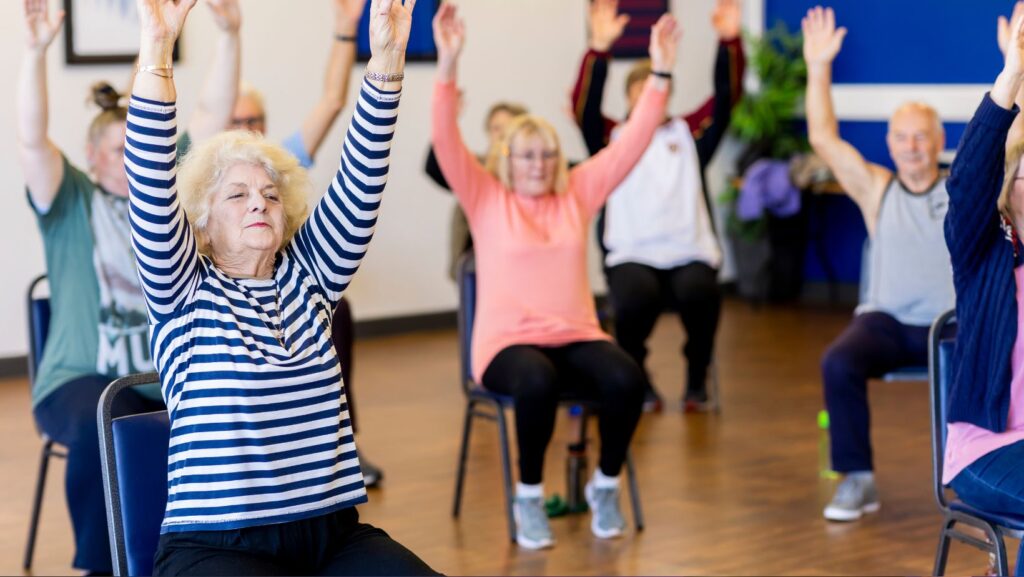Varicose veins, commonly found in the legs of seniors due to age-related factors, can become even more prevalent during long periods of inactivity than usual, thus making prevention an integral component of senior care settings. Poor circulation increases risk for varicose veins and their related complications.
Hence the purpose of this article is to offer practical tips on preventing varicose veins during inactive times, helping maintain their cardiovascular health and overall well-being.
Understanding the Risks
Inactivity plays a pivotal role in the formation of varicose veins in seniors. When seniors remain sedentary for extended periods, blood circulation slows, leading to an increase in pressure within veins (particularly legs ) that weaken walls and valves, eventually pooling blood and leading to varicose veins.
Seniors residing in care settings face unique obstacles, including limited mobility, long periods of sitting or lying down and chronic diseases that impede circulation – making them particularly prone to varicose veins and related complications.
Proactive steps can significantly lower these risks. Encouraging regular movement, even small exercises, and using preventative strategies such as compression stockings can significantly lower the likelihood of varicose veins occurring and can significantly enhance quality of life for seniors who live with these complications. By acting early and taking proactive steps now, seniors may avoid complications caused by varicose veins in later years.
Encouraging Regular Movement
Engaging in small, regular movements is especially essential for seniors with limited mobility, as this helps maintain good blood circulation. Even small activities like leg lifts and ankle rotations help the blood to move freely through veins, decreasing varicose vein risks. Sitting or lying still for too long increases pressure in veins, causing vein issues, regular movement helps counteract this effect and maintain healthy vein function.
Practical tips for seniors include simple exercises that can be performed from either a sitting or lying position, including leg lifts (where legs are gently raised and lowered to strengthen muscles and improve circulation), ankle rotations, where one’s foot is rotated in circles, as well as walking short distances throughout their room – this all can help decrease risk for varicose veins.
Caregivers play an essential role in helping seniors avoid varicose veins. By helping with exercises and reminding them to remain active, caregivers can facilitate movement while scheduling regular movement breaks for regular movement breaks and encouraging gentle encouragement – ultimately decreasing the risk of varicose veins while increasing overall well-being in care settings.
Utilizing Compression Stockings
Compression stockings offer numerous advantages to seniors at risk for varicose veins. By gently compressing their legs, these stockings help the veins push blood more efficiently back to the heart – thereby reducing swelling, blood pooling and alleviating discomfort caused by varicose veins.

When selecting compression stockings, it’s essential to find ones with the appropriate pressure level and size. Consulting with healthcare providers, such as varicose vein doctors, can help ensure that seniors receive the best advice and solutions for their specific needs. Compression stockings come in different compression grades that are measured in millimeters of mercury (mmHg). Lower pressure levels (15-20 mmHg) tend to work well for mild conditions while higher levels (20-30 mmHg or greater) should be reserved for more serious ones. Consult with healthcare providers in order to identify suitable options; measuring legs accurately is vital to ensure effective wearer comfort.
To maximize the benefits of compression stockings, they should be worn daily during the day and taken off before bedtime. Proper care involves washing them with mild detergent and air drying them to maintain their elasticity; additionally it’s wise to replace compression stockings regularly as their effectiveness depletes over time. Following this guideline will enable seniors to maintain good blood circulation while decreasing the risk of varicose veins.
Proper Hydration and Diet
Hydration and nutrition play key roles in maintaining a healthy blood flow and avoiding varicose veins, especially during extended periods of inactivity. Staying hydrated ensures blood remains fluid and circulates effectively, decreasing the risk of blood clots while improving vein health overall. Seniors should drink water throughout their day as dehydration can result in thickened blood that makes veins harder to function correctly.
Diets that support vascular health can make an enormous difference for senior adults. Fiber-rich foods like whole grains, fruits and vegetables help senior maintain a healthy weight by preventing constipation; antioxidant-rich foods, like berries and leafy greens provide support blood vessel integrity as well as reduce inflammation; lean proteins with healthy fats found in fish or nuts may further boost circulation.
On the other hand, it’s essential for seniors to avoid foods that contribute to poor circulation and weight gain, including high-sodium processed foods, sugary snacks, and trans fats. Consumption of such items can lead to water retention, increased blood pressure levels, weight gain, strain on veins and increase varicose vein risk – thus further straining veins. Focusing on proper hydration and eating well can greatly improve vascular health for senior citizens.
Positioning and Elevation
Proper positioning and elevation play an essential part in preventing varicose veins during extended periods of inactivity, particularly for seniors. When sitting or lying down, it’s essential to adopt an ergonomic position that supports healthy blood flow – feet flat on the floor with legs straightened back can reduce strain on veins while lying down with legs slightly elevated promotes circulation and keeps blood from pooling in lower extremities.
Elevating legs above heart level for short periods throughout the day can significantly enhance blood circulation, relieving strain in veins and relieving discomfort. Seniors may use pillows or adjustable furniture to comfortably keep their legs elevated.
Adjusting seating arrangements to reduce vein pressure is also key. Selecting chairs with adequate lumbar support and making sure that feet rest comfortably on either the floor or footrest can significantly lower vein pressure, and seniors can take simple yet effective steps during periods of inactivity to protect their vein health.
Incorporating Low-Impact Exercises
Integrating low-impact exercises into daily routines for seniors to help maintain vein health and prevent varicose veins is crucial in order to protect veins against varicose veins. Low impact exercises are gentle on joints while improving circulation – ideal for those with limited mobility who rely on chair exercises such as leg lifts and ankle rotations; water-based activities, like swimming or water aerobics provide resistance while relieving strain from their bodies while gentle stretches such as calf stretches or yoga poses can improve flexibility and support circulation.

These exercises can easily fit into daily routines. For instance, seniors can integrate low-impact exercises into their TV breaks, water activities at community pools or stretching into morning routines to reduce varicose vein risk and support overall vascular health. Making low-impact exercises part of daily life will significantly benefit seniors in preventing vein-related issues.
Conclusion
Proactive care for senior care environments is vitally important to avoiding varicose veins during extended periods of inactivity, especially where mobility may be limited. Regular movement, adequate hydration and compression stockings can all play an integral part in decreasing vein issues significantly – caregivers should promote these practices to maintain vascular health for seniors in care environments. By taking preventive steps seniors can reduce complications related to varicose veins leading to greater comfort and overall well-being resulting in longer term health for their vascular system ensuring healthy blood circulation and long term vein health in care environments.
Proactive care plays an essential part in ensuring good blood circulation and long term vein health for those living in care environments ensuring healthy blood circulation and long-term vein health for elderly living within care environments ensuring healthy blood circulation as well as long term vein health for seniors in care environments.
